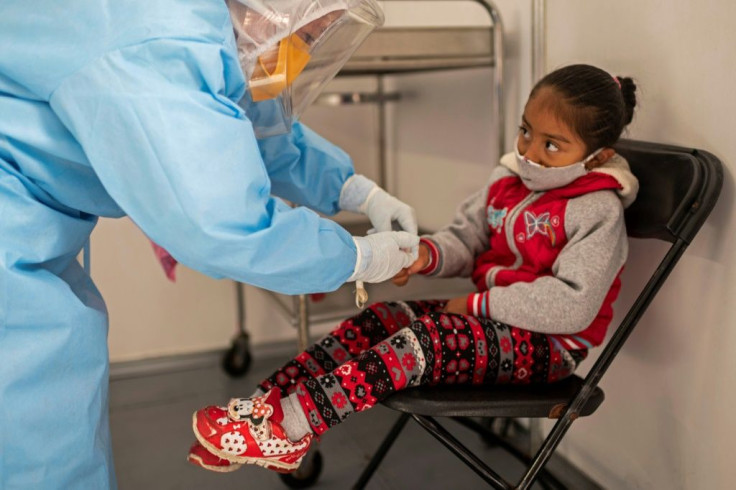Massive Drop in Lead Testing Threatens Children's Health

Medical screenings for many conditions have fallen to the wayside during the COVID-19 pandemic, raising concerns from doctors about patients going untreated. One particularly alarming trend is a massive decline in testing for lead poisoning in children.
What is lead poisoning?
Lead poisoning is caused by buildup of lead in the bloodstream, and usually occurs over a long period of time. It can occur in people of any age range, but children are especially susceptible.
Some symptoms may seem like minor changes at first glance. Mayo Clinic lists effects including irritability, loss of appetite, weight loss, sluggishness, and fatigue. More serious ones include vomiting, developmental issues, and learning problems. For adults, headaches, lapses in memory and concentration, joint and muscle pain, and high blood pressure can also occur.
Where does it come from?
The CDC provides a guide to lead poisoning and its causes. The most common causes are environmental-- and many times, you won’t know or suspect they’re there.
In the home, two key places to look are paint and pipes. Many homes built before 1978 used lead-based paint, which can flake off and turn into dust. Consuming paint chips and breathing in that dust can both lead to lead poisoning.
Older plumbing may include parts made from lead, which can bleed it into the water supply. Children would then be exposed to lead every time they drink tap water, brush their teeth, and bathe. This is a common problem in many older neighborhoods across the country.
Finally, items found around your house, such as toys and imported candies, may contain lead. Certain hobbies, such as stained glass, may also involve lead and should be handled carefully.
How do you find out if you’re affected?
The only way to be sure is to be tested. People can be tested for blood lead levels, while buildings can be tested for contamination in areas such as paint and plumbing. The CDC offers guidance on how to get tested and what you can do to reduce risk in your home, including replacing contaminated items and sealing lead paint behind specialized coatings..
How is COVID-19 involved?
In an interview with Kaiser Health News, Thomas Largo from the Michigan Department of Health and Human Services raised concerns about a 75% drop in blood level testing in April, right after COVID-19 shutdowns began. Without blood tests showing elevated blood levels, children don’t get treated and their environments don’t get tested or corrected.
Environmental causes are a particular concern while COVID-19 restrictions are in place. Dr. Aparna Bole of University Hospitals Rainbow Babies & Children's Hospital in Cleveland and senior epidemiology supervisor Stephanie Yendell from the Minnesota Department of Health shared their concerns with KHN.
Dr. Bole said, “I worry about kids in unsafe housing, more so during the pandemic, because they’re stuck there during the quarantine.” Yendell worries that the pandemic’s economic impact will make the situation even worse. “If you’ve lost your job”, she noted, “it’s going to make it difficult to get new windows, or even repaint.”
The news isn’t all bad, though, and as states reopen, they are working to make sure lead risk is taken seriously. Michigan, for example, is already making plans to work with schools and child care centers using a $1.9 million grant from the EPA.
The Take Home
Lead poisoning is a real problem for children, and COVID-19 has led to a dramatic decrease in the number of tests being carried out. If you notice any of the above symptoms or have other reason to be concerned, reach out to your child’s doctor for help as soon as possible.



























